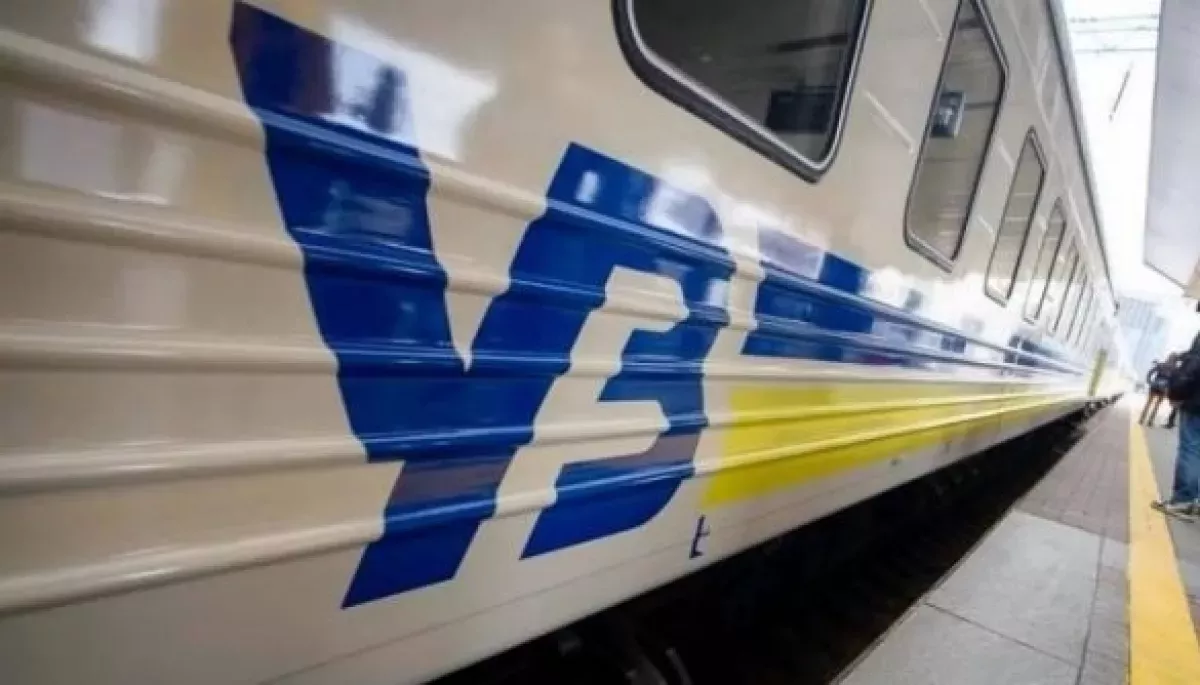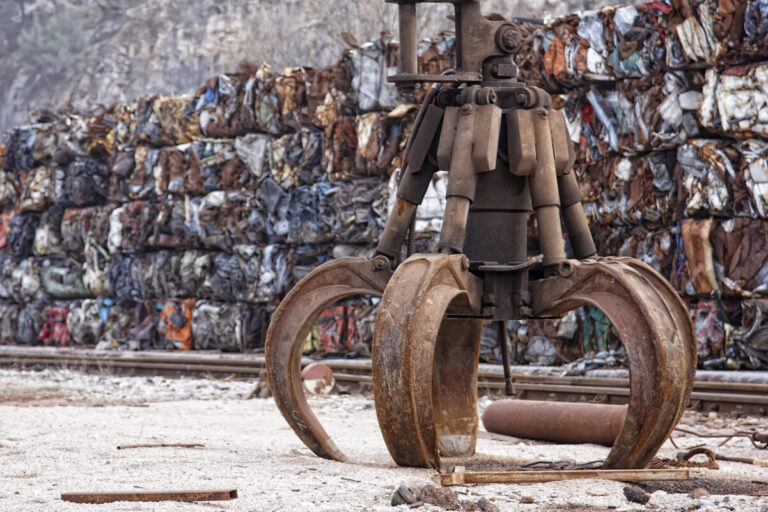
Ukrainian Railways Under Attack: How Ukrzaliznytsia Holds the Transport Front During the War
Constant attacks on railway infrastructure have become a reality for Ukraine since the summer of 2022. Russian forces are waging a systematic campaign of strikes on key nodes, using drones and sabotage agents. However, despite attempts to destroy logistics, the railway network continues to operate and remains the backbone of the country’s economy, defense, and daily life.
Since this summer, Russia has intensified its wave of attacks on Ukraine’s railway infrastructure. As stated by the Chairman of the Board of Ukrzaliznytsia, Oleksandr Pertsovskyi, the aggressor has changed tactics:
“They act systematically, disabling one substation after another or key railway nodes in order to stop the movement of passenger trains and sow panic and distrust among people.”
The main purpose of such strikes is not only to halt or complicate train traffic, but also to hit the economy and the morale of society. According to Pertsovskyi, “their main goal is to sow panic among passengers. The second is to deal a blow to the economy as a whole.” At the same time, there are hardly any attacks on military cargo the strikes are specifically aimed at civilian infrastructure, nodes, and substations.
In September 2025, attacks on Ukraine’s railway infrastructure not only continued but became even more intense. On the night of September 23, Russian forces struck targets in the Kirovohrad region, causing damage and delays to several passenger trains including routes №54 Odesa-Dnipro, №254 Odesa–Kryvyi Rih, №51 Odesa-Zaporizhzhia, №128 Lviv-Zaporizhzhia, and №92 Odesa-Kramatorsk. Passengers were promptly notified about schedule changes on the official Ukrzaliznytsia website and were asked to monitor updates regarding delays.
Additionally, on the night of September 18, Russian occupiers attacked railway infrastructure in the Poltava region. As a result of the shelling, several sections were de-energized and a number of trains were delayed by up to three hours, including trains №102 Kherson-Kramatorsk, №63/111 Kharkiv, Izium-Lviv, №64/112 Lviv-Kharkiv, Izium, and 791 Kremenchuk-Kyiv. All damage was promptly localized and power to the sections was restored.
These attacks confirmed the systematic nature of Russia’s attempts to disrupt the operation of key transport hubs and once again demonstrated the Ukrainian railway’s ability to quickly restore critical infrastructure even under constant pressure.
Consequences of the Attacks: Delays, Disruptions, and Economic Pressure
Since the beginning of the full-scale war, the railway has become a vital artery for evacuation, military logistics, the transportation of cargo and passengers including for foreign delegations and world leaders who arrive in Ukraine specifically by train. However, mass drone attacks and acts of sabotage have led to frequent train delays after each strike, restoration takes from 6 to 12 hours.
“Direct disruption to train traffic after an attack usually lasts from 6 to 12 hours. Electric locomotives are replaced with diesel ones until power is restored,” explains Pertsovskyi.
Due to power outages, it becomes necessary to switch to diesel locomotives, which is five times more expensive for the company, which is already facing serious financial difficulties.
On some days, up to five or six major railway hubs are attacked simultaneously. According to the World Bank, 30% of the network is in a constant “damage-repair” cycle. Bridges, substations, and key sections have been repaired multiple times after strikes the speed of restoration depends on safety and the availability of materials.
In addition to drone attacks, Russia uses sabotage tactics through agents recruited locally. Ukrainian security services regularly record attempts at arson or equipment damage. Pertsovskyi admits that the number of such agents is growing, but drone attacks remain the most dangerous.
Efficiency of Response and the Railway’s Role for the Country
Despite systematic pressure, the Ukrzaliznytsia team is constantly restoring infrastructure, ensuring the movement of both passenger and freight trains. During every disruption, passengers are quickly informed through the website and encouraged to monitor schedule updates. All key transportation both civilian and military maintains its pace.
“This is a marathon. They strike, we recover. They strike, we recover,” summarizes Pertsovskyi.
Even with changes in rolling stock and significant financial strain, the railway does not stop and this remains fundamental for the country’s resilience during the war.
Ukrainian Railways are under constant pressure from military and hybrid threats. Mass attacks, sabotage, and economic losses all create deep challenges for Ukrzaliznytsia. However, the railway network remains a key transport artery not only for the economy, but also for the country’s defense capability and resilience.
Rapid response to attacks, the ability to quickly restore movement and maintain reliable transportation this is the basis of trust from Ukrainians, allies, and the world community in the infrastructure, even under wartime conditions.
The pace of railway recovery and overcoming financial challenges affects not only the rhythm of city life, but also Ukraine’s strategic ability to adapt to prolonged pressure.
A railway that withstands blows and does not stop is a symbol of endurance, technological skill, and the dignity of the country in its fight for independence.














